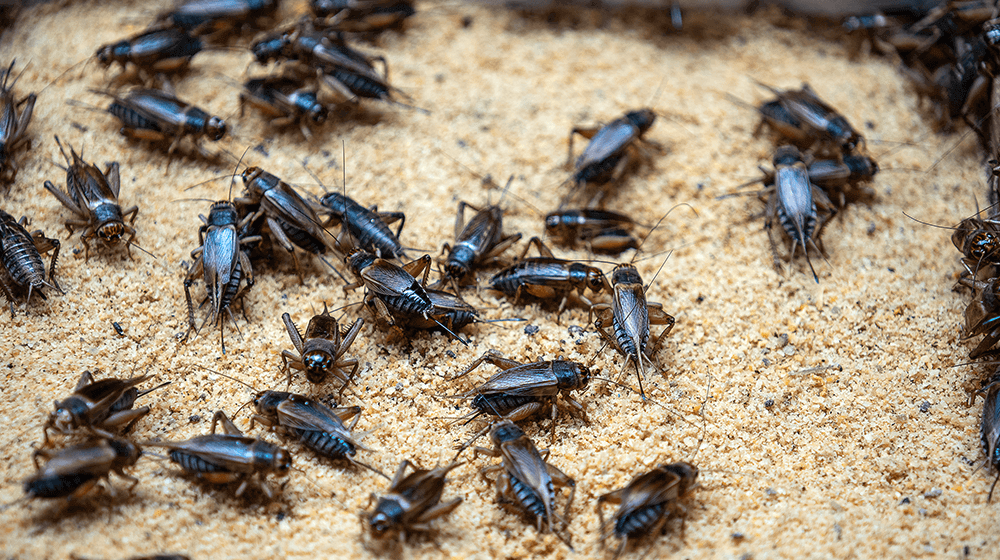Take a Look Inside a Cricket Farm…Which Is Where Your Food Will Come From Soon

It’s astonishing how, by the time we normal folk first hear of a new Globalist Socialist initiative, it turns out there’s already a significant amount of infrastructure in place. Take eating bugs, for example. Did you know that there are currently sizable cricket farms in many parts of the world, including Canada and the United States? Or that cricket flour is already used in some foods?
For example, Entomo Farms in Canada currently produces a weekly harvest of 50 million crickets, which it mills into 9,000 pounds of “protein.” The owners plan to triple production within a year. Some of the “cricket flour” goes into pet foods, while some is added to foods made for human consumption. And some of the insects are used intact as seasoned snack foods. The cricket producer already sells its products under the brand name Actually Foods.
Business Insider posted an informational video on Friday that gives a look into daily operations at Entomo Farms. It’s seven minutes long and fairly interesting if you’re not the kind that gets skeeved out at the sight of mounds of insects:
Crickets contain more protein than beef, without any of the environmental damage pic.twitter.com/dGxEgcP6bx
— Business Insider (@BusinessInsider) August 12, 2022
In all fairness, there seems to be much to recommend free-range cricket farming: farms require a fairly small footprint, crickets are fast breeders, cricket poop (“frass”) can be used as fertilizer, crickets and bugs carry very few diseases that can be transmitted to humans, and the critters have a range of uses. Crickets can be included in pet foods and treats. (I know my cat loves her some bugs.) Soy-heads can include chirpers in their diet as a protein source. And — my favorite — crickets can be fed to real food like tasty fish, chickens, and turkeys.- READ MORE




Responses